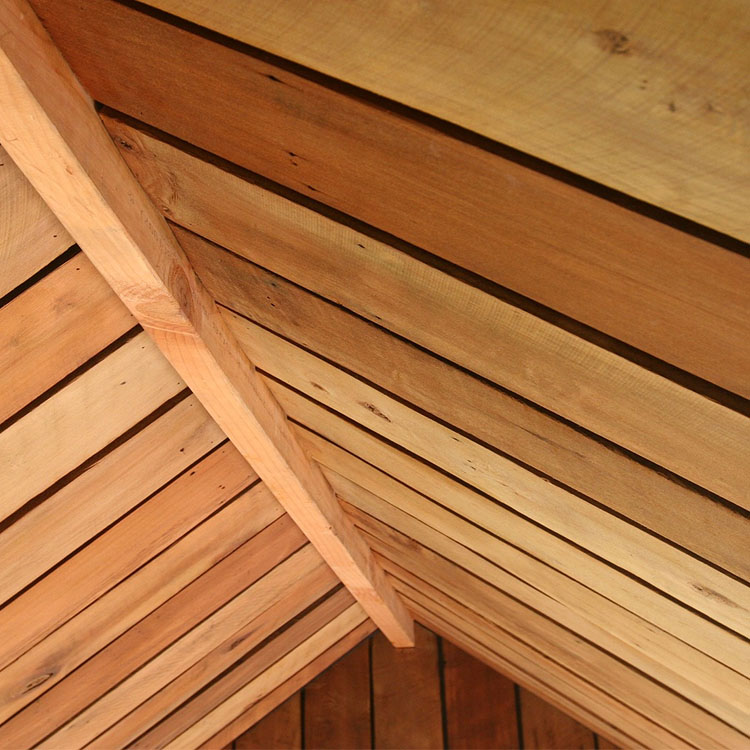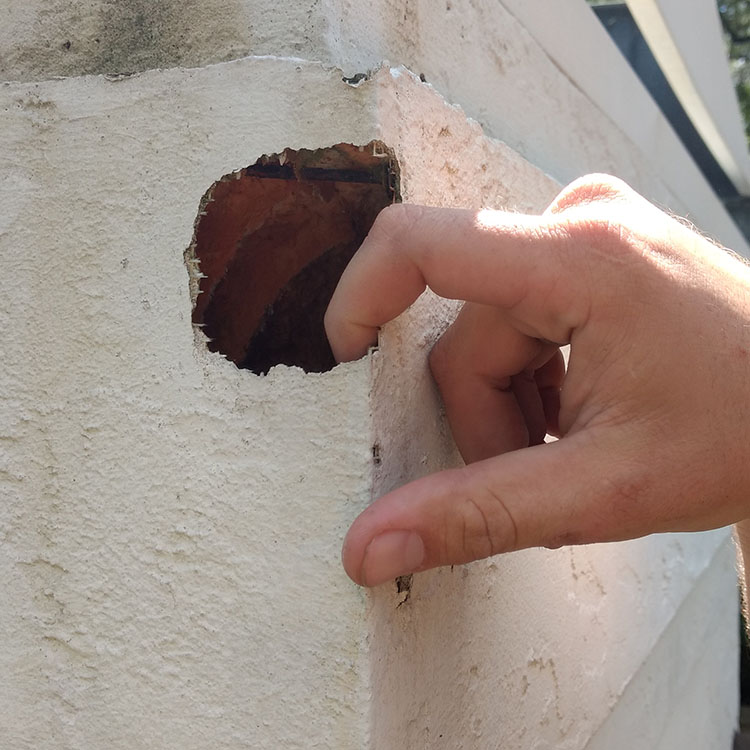Pigeons in the Attic
Attic bird removal is not an easy task. Attic spaces are hot, cramped, and the work itself will make a lasting effect in and of itself, disregarding the amount of bird feces you will be cleaning. There are three major steps you need to complete in order to have a successful bird removal. In short, you will need to observe the birds, devise and execute a plan to get them out, and then clean and make repairs.

Inspecting for Pigeons
The pigeons won't be very inconspicuous. They don't keep their feces in a neat and tidy pile, nor do they think only one area of your nicely insulated attic is designated restroom space. As you climb into your attic, wear full prtective gear, covering limbs, feet, face, and eyes to prevent contact with bird feces. The droppings left behind by most animals contains bacteria foreign to humans, and in some cases, diseases contracted in this manner can prove fatal. Best to play it safe and wear the proper safety gear.
Check for any openings where birds have been able to wriggle or fly their way into their upstairs loft condo aparment above your living area. Do an examination from the outside as well to determine if you have sagging fascia, displaced or damaged soffit, or roof vents that need metal mesh placed over them. Write down any access points you find with a brief description of their location, and sizes. This will be vital in your planning stage to execute a bird exclusion.

Why Exclusion?
We recommend exclusion first and foremost because it respects even the most strict laws. Exclusion is done while birds are alive so it doesn't violate extermination clauses in federal protection acts and encourages the pigeons or other wildlife to leave of its own accord. Imagine that you need an animal to go outside, but you can't touch it, scare it, trap it, or kill it. What do you do? You transform the space it is occupying to suit your needs.
Say you have a group of birds nesting in a small area of your attic. If you enclose that space, and build tunnels out of netting that only allow it to occupy that space, or leave the attic altogether through a section of damaged soffit. You've effectively excluded the birds from spreading to another portion of the attic, and given the birds a way out. What's to keep the birds from coming back in through the damaged soffit, you say? Well, you can sit around all day and wait for the bird or birds to all leave at the same time (unlikely), or design a one-way door system or a funnel where the soffit is damaged. That way the birds are ither unable to figure out where they exited from, or are flat out unable to enter from the outside. All without killing, trapping, or otherwise harming the birds.
Cleanup for Pigeon Removal
Nobody likes cleaning up. If your partner cooks, you do the dishes, the winner has to put the board game away, etc., but believe me, cleaning up is not only the hardest, nastiest task, but it comes with the most responsibility. Failure to properly clean a space inhabited by pigeons can lead to serious health risks, including fatal diseases for some. Follow our guide to cleaning pigoen droppings to ensure you have completed a proper removal and made a safe, sanitary place for you and your family to live. In extreme cases, do it yourself hanymen will require the services of wildlife removal experts, who have inudstrial strength cleaning machines and chemicals.
